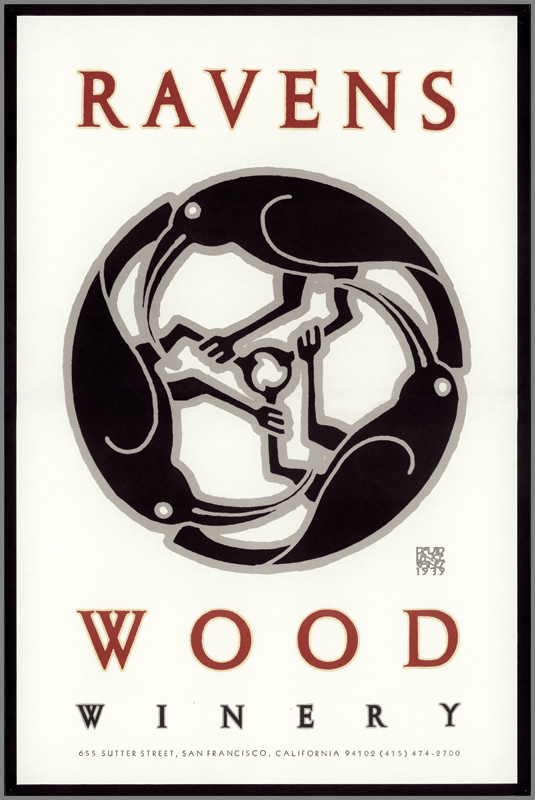 |
| Pictured: Us. |
A couple of nights ago, the Sweet Partner in Crime and I
hosted a lovely little shindig for a reunion of the Tennessee Alley Drinking Club. Two
of the charter members, Christine the Pie Queen and her husband Jeff, of Jeff’s Dinner Club
fame, have unfortunately departed the ‘hood – heading to Washington State where
they now boast a big ol’ mountain in what amounts to their backyard.
The holidays are a time for reunions, and we were blessed
with the opportunity to spend some quality time with our little gaggle of
friends, reminisce and share about what’s happening in our various worlds, and
to do what we do best – polish off large quantities of vino while we work our
way through a good meal.
The SPinC and I fired up the sous vide machine and did a
couple of London Broils at various levels of doneness – cooked to perfection
and seared off on the grill, a potato and mushroom soup, an arugula salad with
candied walnuts and poached pears, a bunch of roasted root vegetables, and a
rich spice cake with cinnamon ice cream from Graeter’s.
Fortuitously, our friends at Colangelo had also sent along a
couple of quality, meat-friendly reds to sample. In the spirit of many of our
other tasting adventures through the years, we took the opportunity to do a
side-by-side of these two wines. The quickly quaffed competitors with our
delicious repast:
Caroso 2010
Montepulciano d’Abruzzo Riserva ($22)
Charles Krug 2014
Napa Valley Merlot ($25)
I took a look at the Caroso
a
few months ago in this space. As I noted then, I usually think of
Montepulciano d’Abruzzo as a tasty and flavorful but light table wine.
Inexpensive versions of it are standards here in Vine land. The Riserva, aged
for two years in barrique and six months in bottle before release, is a
different animal altogether.
This wine’s a bigger, more fruit-forward entry. Black
currant and blackberry flavors come strongly at first sip. The nose has a fair
amount of spice and vanilla and the finish is fruity with a considerable
roughness of tannin.
Neither Napa wines nor domestic Merlot get a lot of run
around here in general, for one reason or another. I’ve tried so many one-note
Merlot over the years that I tend to skip it in favor of Merlot-dominant
Bordeaux if I’m in that kind of mood. This Merlot from Krug might cause me to do a little reconsideration of that corner
of the wine store.
The Krug Merlot is actually a blend – but any domestic wine
with more than 75% of one varietal can be labeled as that varietal. The Krug is
82% Merlot, with the rest made up of Bordeaux elements Cabernet Sauvignon,
Petit Verdot, and Malbec. Plums and raspberries were the order of the day
flavorwise, and the tannins – holding in the background – are nicely balanced.
The finish is lasting, with a nice back-and-forth between cherry and graphite.
We opened these up for the assembled at the table to try
with the various courses. Alas, there wasn’t a lot of opportunity to take
copious notes. The general consensus, however, held that the Krug was the
superior wine in balance and general flavor. While I liked both of them well
enough, I found myself drifting back to the Krug, which paired better with most
everything we had on the table, although I thought the Montepulciano was a good
match with the soup, which did have a bit of an Italian flair. The SPinC
thought the Caroso was too jammy for her tastes. At the end of the day, the
Krug won by unanimous consent.
But the real star of the evening was the conversation and
the reconnection with our friends, who spoiled us from across the alley for
many years. The spirit of the season found itself in full effect around our
table, and we have many happy memories (as well as a number of other empty
bottles!) to sustain us in the new year! Many thanks to Jeff, Christine,
Marlane, Phoenix, Ken, and – always – the Sweet Partner in Crime for the
lovely evening.
























